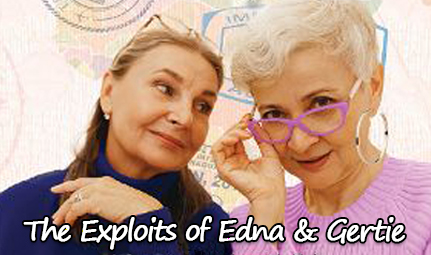When our children are tiny tots we begin teaching them the alphabet. There’s a lot to learn with twenty-six letters coming in two sizes and some of them making multiple sounds. And so we begin teaching kids to read via rote memory. “What is this letter? What does it say?
Once the letters and sounds are under their belts, they begin putting sounds together to make simple words. They get tripped up a bit by silent letters, blends and those crazy combinations called digraphs—ph, ch, etc.
But once again, they rely on memorization skills to learn rules and recognize patterns that occur in English words. It’s a tough go, but most kids become adept at decoding all those squiggles and are proud to say they’re bona fide readers.
Surely after all this work, the skill of reading will now be just a matter of practice. Our kids will tear through books and conquer all tricky combinations of sounds. They’ll sound like pros.
But, wait. There’s a problem.
In all the years I taught first and second graders, I had children who sounded like strong readers. They could read aloud beautifully and with the proper intonations. They went up and down in all the right places.
But…they weren’t understanding the meaning of the words. If I asked them a question about the meaning, I got blank stares. How could I mess up their beautiful oral reading by asking them to think about the words?
The focus on sounding good and saying the words correctly, but without comprehension is not the childrens’ fault. They’ve been schooled to sound out and say, and they’re doing it. The problem is they’re not even thinking about the meaning of all those strings of words. They’re just saying them.
Sometimes the problem is simply that kids have been so focused on decoding—learning to say the proper sounds in the proper order—they just haven’t made it to the next step, which is understanding what those words mean.
Other times there are less obvious problems in reading comprehension. The child may have a limited vocabulary, limited experiences in both book language and in real life situations. Or there may be problems understanding that stories have characters, plots, sequences of events, or other story parts. They may not know that a science passage is intended to convey factual information.
Real reading happens when the intent of the words is grasped. If understanding isn’t there—the child hasn’t truly read, they’ve just made sounds.
The more you read to your children and talk with them in meaningful ways, the greater their understanding of language and the messages it carries. There really is a good reason to read them 500 books before they reach Kindergarten age. And there really is good reason to talk, talk, talk, to increase their vocabularies and their understanding of the nuances of language.
When it comes to reading skills, comprehension is what it’s all about.




 The Exploits of Edna and Gertie Join the fun, get your copy now!
The Exploits of Edna and Gertie Join the fun, get your copy now!